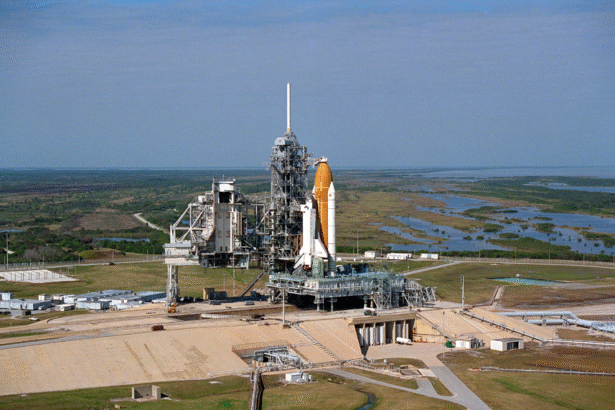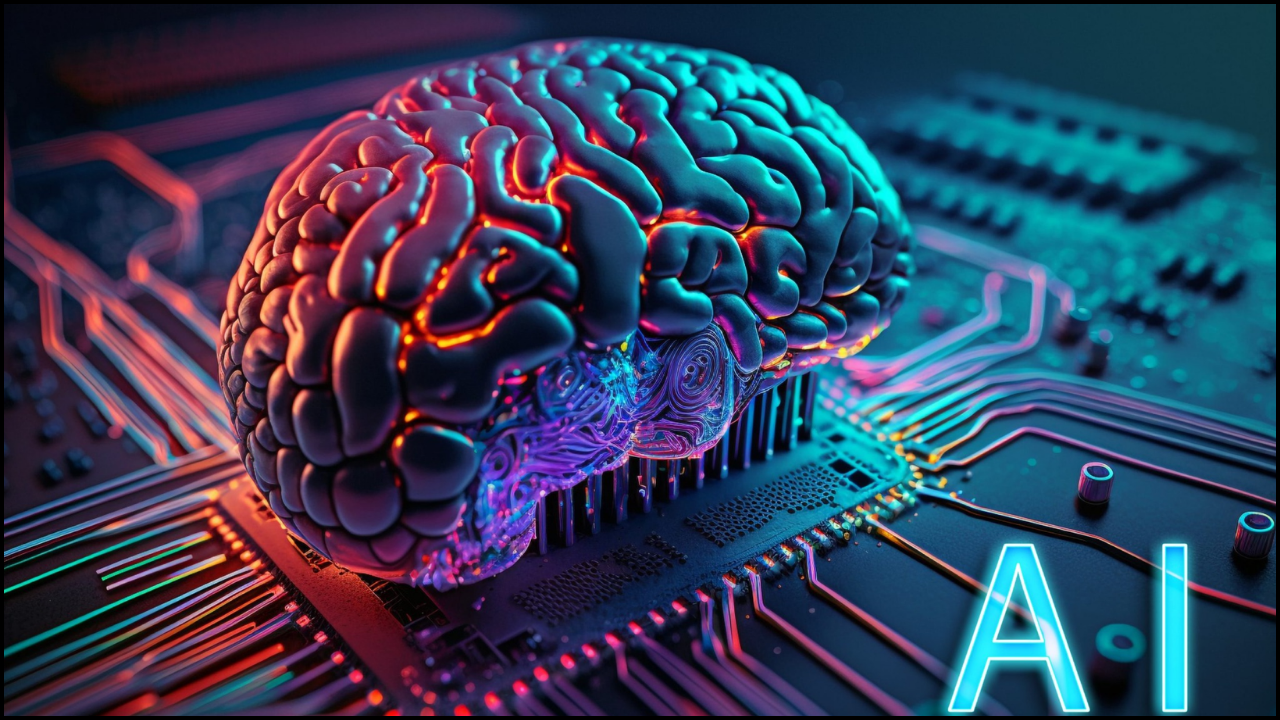The future of space travel doesn’t just belong to astronauts and rockets—it now includes intelligent software systems called AI co-pilots. These systems are transforming the way space missions operate by helping astronauts make smarter, faster decisions, especially in high-pressure, real-time situations.
As space missions grow more complex and distant from Earth, the need for instant, accurate decision-making becomes critical. AI co-pilots are stepping in to support astronauts in ways that would have seemed impossible just a decade ago. In this blog, we'll explore how these systems work, why they matter, and the challenges and responsibilities they bring to the world of space exploration.
What Is an AI Co-Pilot?
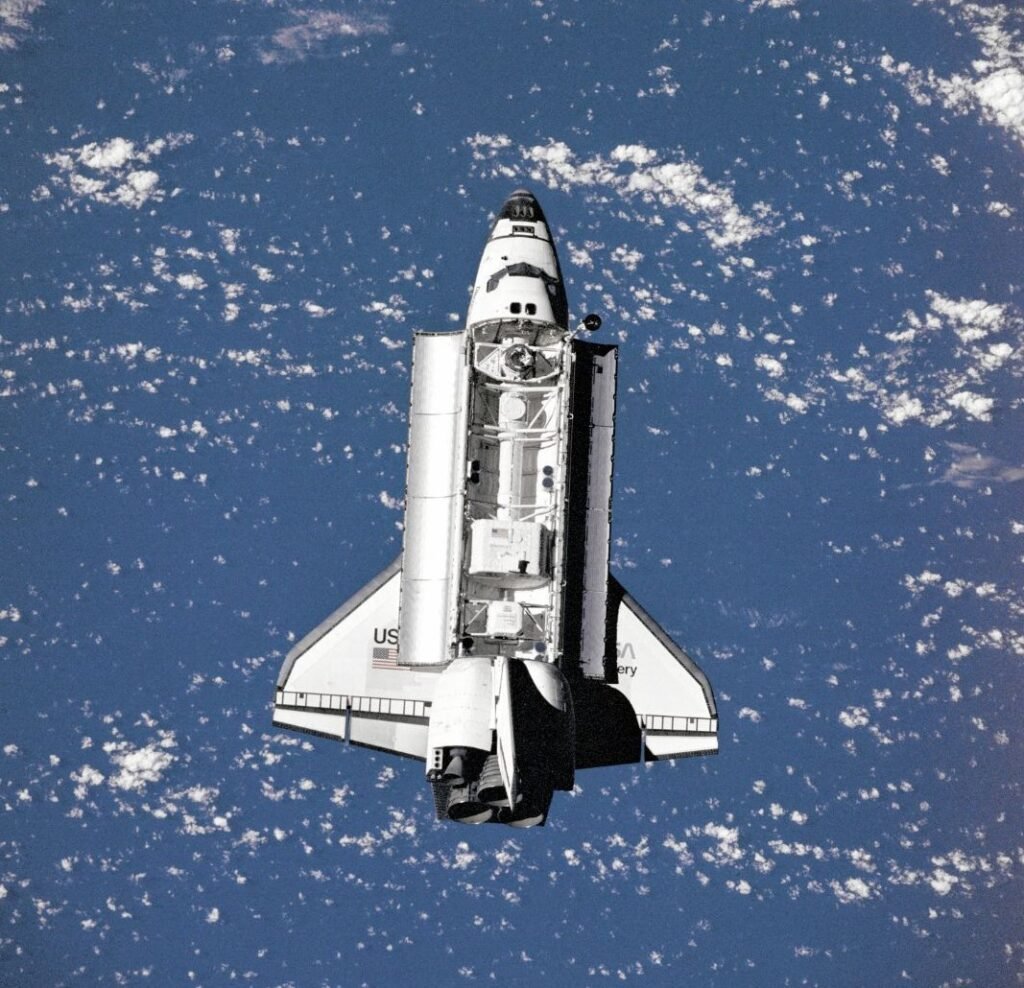
An AI co-pilot is an advanced software system powered by artificial intelligence and machine learning, designed to support astronauts during missions. It works by analyzing real-time data from the spacecraft, its environment, and onboard systems. It then offers actionable insights, suggestions, or even direct responses when needed. These systems don’t replace human astronauts but work alongside them, like a knowledgeable, tireless assistant. Unlike older automation tools, AI co-pilots learn and adapt over time, making them more reliable and capable of handling complex situations.
AI co-pilots can help in multiple ways:
Monitoring environmental conditions
Detecting system faults
Assisting in navigation and maneuvering
Offering real-time recommendations during emergencies
Why Real-Time Decision-Making Is Critical in Space
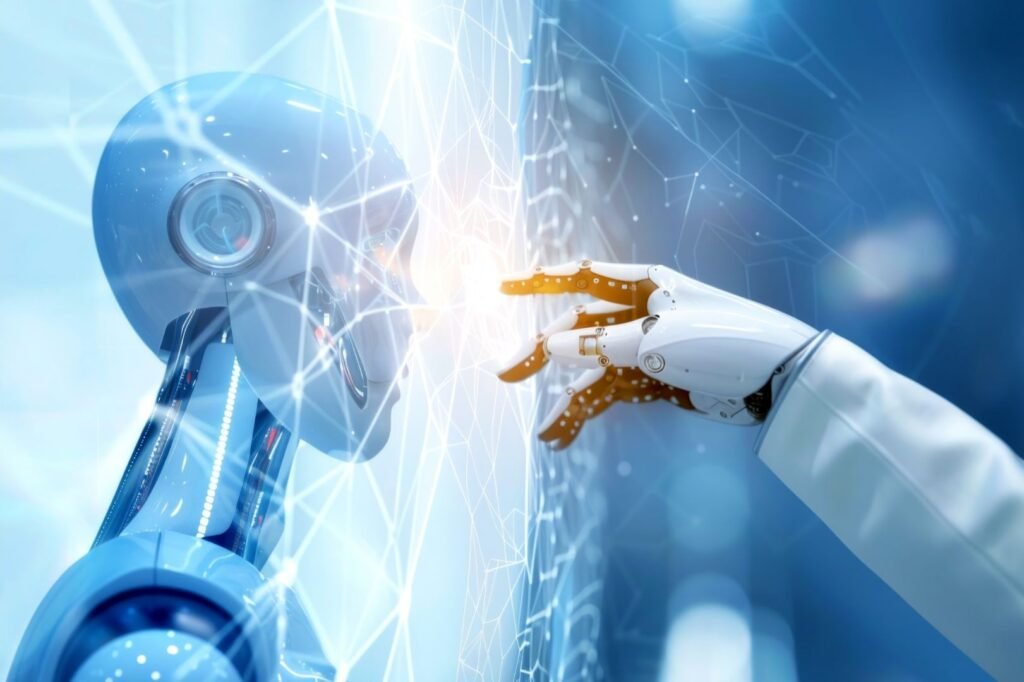
In space, there's no room for delay. A small mistake or hesitation can have life-threatening consequences. This is why real-time decision-making is essential for astronaut survival and mission success. One major challenge is the communication delay between Earth and spacecraft. For example, a message sent from Mars can take up to 20 minutes to reach Earth. In that time, a critical situation onboard could escalate beyond control. AI co-pilots fill this gap by analyzing situations on the spot and guiding the astronauts instantly. Real-time decision-making becomes vital in situations such as:
System failures or malfunctions
Threats from space debris
Navigation errors
Life-support instability
How AI Assists Astronauts in Real Time
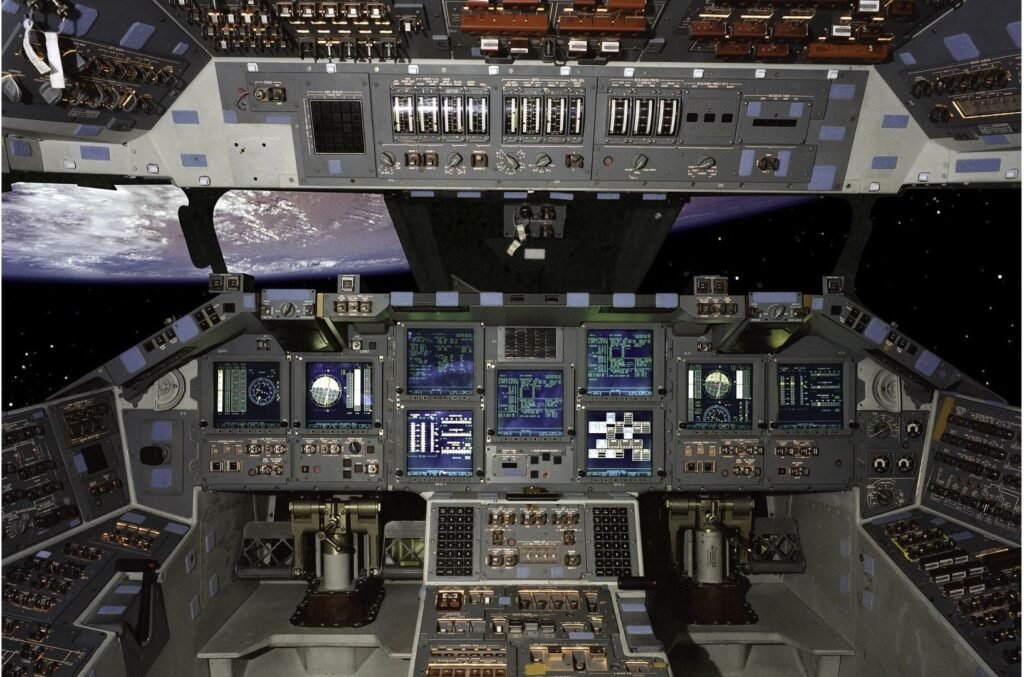
AI co-pilots process vast streams of data in milliseconds. Here’s how they support real-time decision-making:
Collect data from various sensors and spacecraft systems
Analyze it using machine learning models
Predict possible outcomes
Recommend the best action based on risk analysis
For example, if an oxygen leak is detected, the AI might instantly alert the crew, seal affected areas or reroute life-support systems—all while the human crew evaluates the situation. By handling calculations, predictions, and task coordination, AI co-pilots reduce the cognitive load on astronauts, allowing them to focus on critical thinking and mission strategy.
Real-World Examples of AI Co-Pilots in Action
AI co-pilots are not just theoretical—they are already in use.
CIMON, developed by IBM and Airbus and deployed on the International Space Station, is a voice-activated assistant used by astronauts to access data, perform procedures, and even engage in conversation. CIMON represents a functional astronaut AI assistant that eases daily operations in space.
NASA uses autonomous systems in its Mars missions, such as the Perseverance rover, which can analyze terrain, choose paths, and make decisions without Earth-based input. These systems act as NASA’s AI decision tools and show how real-time autonomy can work effectively on another planet.
SpaceX, though less public with its AI architecture, reportedly uses automated AI systems in its Starship program for tasks like landing, navigation, and propulsion adjustment. These are examples of how a SpaceX AI co-pilot is integrated into advanced spacecraft. These applications prove that machine learning in space is no longer just a research topic; it’s an operational necessity.
Benefits of AI Co-Pilots for Astronauts
Astronauts endure extreme physical and mental stress during missions. AI co-pilots help ease this burden and improve overall mission safety and performance. Benefits include:
Faster reaction to unexpected issues
Enhanced safety through predictive maintenance
Reduced mental workload on the crew
Smarter resource management (fuel, oxygen, power)
Increased mission flexibility and autonomy
These benefits are especially crucial in deep space missions, where human support from Earth is limited.
The Future of AI Co-Pilots in Space
Looking ahead, AI co-pilots will play an even larger role in space exploration. Future missions to Mars and beyond will rely heavily on smart systems that can operate independently. Emerging capabilities may include:
Emotion-aware AI that supports astronauts' mental health
Autonomous navigation deep in space
Cooperative AI systems across spacecraft fleets
Space agencies in the USA are investing heavily in AI for space missions, while Europe is advancing in AI space research as well. As demand grows, space exploration technology will depend more on intelligent systems that can handle uncertainty and respond in real-time.
Risks and Responsibilities of AI in Space
Despite the benefits, AI co-pilots also come with challenges that must be taken seriously.
Technical risks include:
Software errors or bugs that may compromise safety
Vulnerability to cyberattacks, especially during long missions
Over-reliance on machines reduces astronaut situational awareness
Ethical responsibilities:
Should an AI system make decisions involving human life?
How do we handle biased algorithms trained on limited datasets?
Who is accountable if AI makes a harmful decision—the engineers, astronauts, or space agencies?
Experts are still debating these questions. As AI becomes more powerful, space organizations must develop clear frameworks to ensure safety, fairness, and accountability.
The Growing Market for Space AI Technology
Beyond scientific missions, commercial interest in space AI is growing. Private companies are beginning to buy space tech AI software for various applications, from satellite management to autonomous cargo transport.
There’s a rising demand for space mission decision systems that can operate reliably without human supervision. This trend opens doors for startups, software developers, and investors who want to contribute to the next generation of intelligent space tools.
Conclusion: AI and Astronauts Working Together
The rise of AI co-pilots marks a major turning point in the history of space exploration. These intelligent systems are not meant to replace astronauts but to support them in real time, making space travel safer, smarter, and more efficient.
As missions become more ambitious, AI co-pilots will be essential partners, handling complex calculations, predicting problems, and guiding crews through the unknown. The success of future space exploration will depend on how well humans and AI can work together—side by side—in the vastness of space. Whether it’s on the Moon, Mars, or far beyond, the future of spaceflight will be co-piloted by intelligence that never sleeps, never tires, and always adapts.


